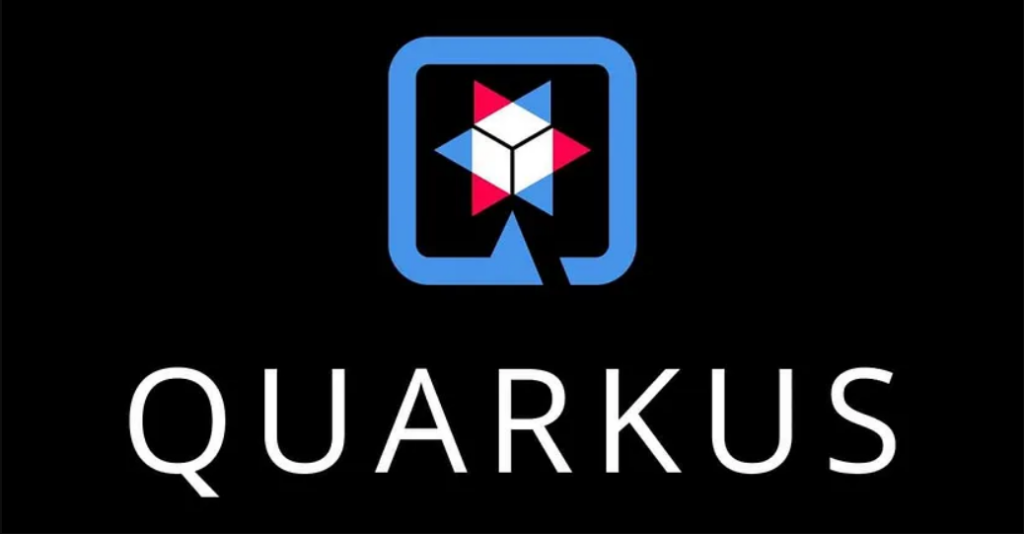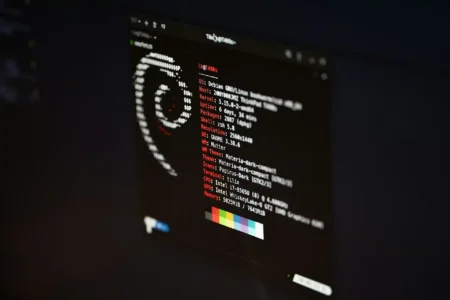If you’re a developer working in today’ tech world, you’ve probably heard the buzz about Quarkus. But what is it, and why should you care? Let’s break it down in simple terms.
What is Quarkus?
Quarkus is said to be “Supersonic Subatomic Java”. Catchy sentence, isn’t it ? I quite like it because supersonic gives you the impression of speed. Subatomic gives you the sensation of size, atomic, so you can think that everything is small and yes, indeed it is. Quarkus is a modern framework designed for Java developers who want to build applications that are lightning-fast and ready for the cloud. Think of it as a new-and-improved toolbox that helps you create better, faster apps with less hassle.
Traditionally, Java applications have been powerful but also resource-heavy. They take longer to start, use more memory, and aren’t always the best fit for modern platforms like Kubernetes or serverless environments. Quarkus flips this script by being lightweight, fast, and cloud-native.
Why Should You Learn Quarkus?
Quarkus have become essential to streamline microservice development. Here are a few reasons to add Quarkus to your developer skillset:
1. Fast Start-Up Times
Imagine you’re working on an app that needs to start quickly—whether it’s for scaling up during peak hours or running short-lived serverless functions. Traditional Java apps can take several seconds (or even minutes) to boot up. With Quarkus, start-up times are measured in milliseconds. Faster start-ups mean happier users and more efficient systems.
2. Low Memory Usage
In the world of cloud computing, you’re often paying for resources like CPU and memory. Quarkus uses far less memory compared to traditional Java frameworks. This makes it ideal for running multiple applications on the same infrastructure without breaking the bank.
3. Built for Cloud and Kubernetes
Today, apps are increasingly run in cloud environments like Kubernetes. Quarkus is designed with these platforms in mind. It simplifies packaging, deployment, and scaling, making it easy to build apps that work seamlessly in modern cloud ecosystems.
4. Developer Joy
Let’s be honest: writing code can sometimes feel tedious. Quarkus aims to bring joy back to the process with features like hot reload. This means you can see your changes instantly, without restarting your app. It’s like having a magic wand that speeds up your development and testing.
5. Compatible with Your Existing Skills
If you’re already a Java developer, you don’t need to start from scratch. Quarkus supports familiar frameworks like Spring, Hibernate, and RESTEasy. You can bring your existing knowledge and get started quickly, making the learning curve much smoother.
6. Future-Proof Your Career
The tech industry is always evolving. By learning Quarkus, you’re positioning yourself as a developer who’s ready for the future. Companies are increasingly adopting Quarkus to build scalable, cloud-native applications. Mastering it can make you a sought-after professional.
How Do You Start?
Getting started with Quarkus is easy. Here’s a simple plan:
- Visit the Quarkus Website: Head over to quarkus.io to explore the official documentation and guides.
- Try the Quickstart: Follow the quickstart projects to see how Quarkus works.
- Build Something Small: Create a simple REST API or a microservice to get hands-on experience.
- Leverage the Community: Join forums and communities to learn from others and share your experiences.
Conclusion
Quarkus is more than just a buzzword; it’s a game-changer for Java developers. With its blazing-fast performance, cloud-native features, and developer-friendly tools, it’s a must-learn technology for anyone looking to stay ahead in the world of software development.
So why wait? Dive into Quarkus today and take your skills to the next level. To help you out more I will bring more practical guides through my blogs! Stay tuned.
Source: Read MoreÂ



